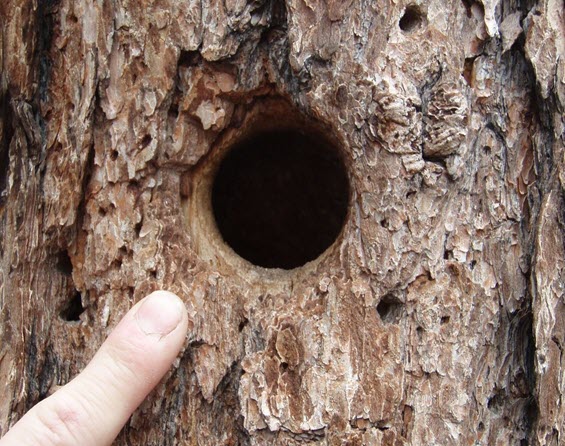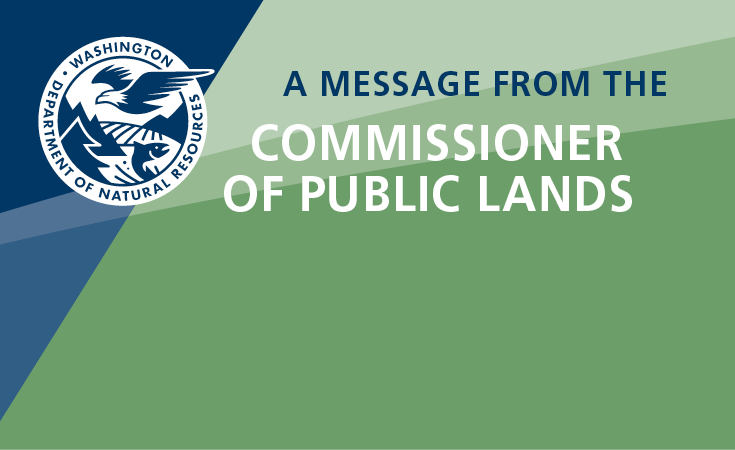Wildlife Habitat and Forest Health
When you’re taking steps to maintain the health of your forestland – such as thinning, pruning, wildfire preparedness or keeping an eye out for invasive insects and diseases – don’t forget that your land is also habitat for a wide variety of native animal species.
Small forest landowners consistently include promoting wildlife habitat as a high priority objective for their lands. DNR’s Service Forestry Program can help.
Washington’s forests have more than 400 species of vertebrate wildlife, ranging in size from tiny hummingbirds, up to stately elk or moose. Add to this the plethora of insects and other invertebrates (such as snails and slugs), and the total zoological parade is boggling. These amazing animals thrive in a wide variety of habitats found in forests.
Know your wildlife
Knowing which animals live locally and their needs can help landowners decide the best habitat management practices to help them. This could mean protecting or creating valuable individual habitat features, and on a larger scale, maintaining stand characteristics and habitat areas for specific life history needs.
It could also mean leaving large diameter standing dead trees, or snags, for woodpecker nest sites, and down logs that decay into the soil providing moist refugia for many species of insects, molluscs and amphibians. Larger scale habitats include wetlands, such as seasonal wet spots, for frog or salamander breeding, riparian zones with rich shrubs for deer browse, or stands of older, complex tree canopies allowing hawks, ravens or owls to roost and nest.
Most large animals, the "charismatic megafauna," range widely across the landscape. Actions of small landowners will only partially influence their success at survival. Cougars, for example, occupy distinct territories over many thousands of acres and may overlap slightly with small landowner properties.
Deer and elk often intensely localize for periods of time, then move away for part of the year. A diversity of habitats with mixes of open areas rich in shrubs and grasses interspersed with dense pockets of trees will best benefit these large animals.

Snags make great habitat for woodpeckers. (Ken Bevis/DNR)
Strategic enhancements can often help meet the needs of wildlife. These and other insights are shared with landowners when they work with DNR’s Service Forestry Programs, and our wildlife biologist. We offer consultations on wildlife habitat for landowners as a part of preparing a Forest Stewardship Plan, in response to questions, or by request.
Contact wildlife biologists Ken Bevis (Ken.Bevis@dnr.wa.gov) to schedule a wildlife consultation and/or ask specific questions in regard to wildlife or habitat on your lands.


